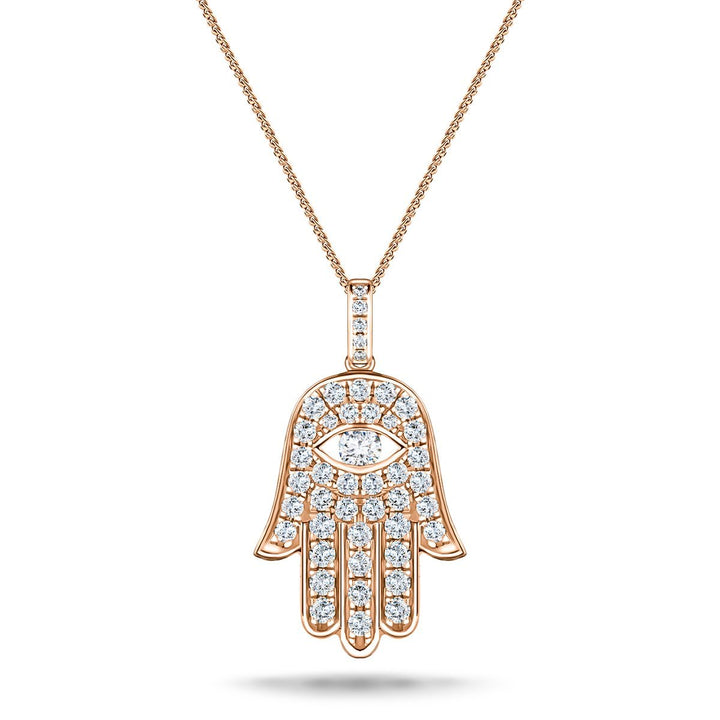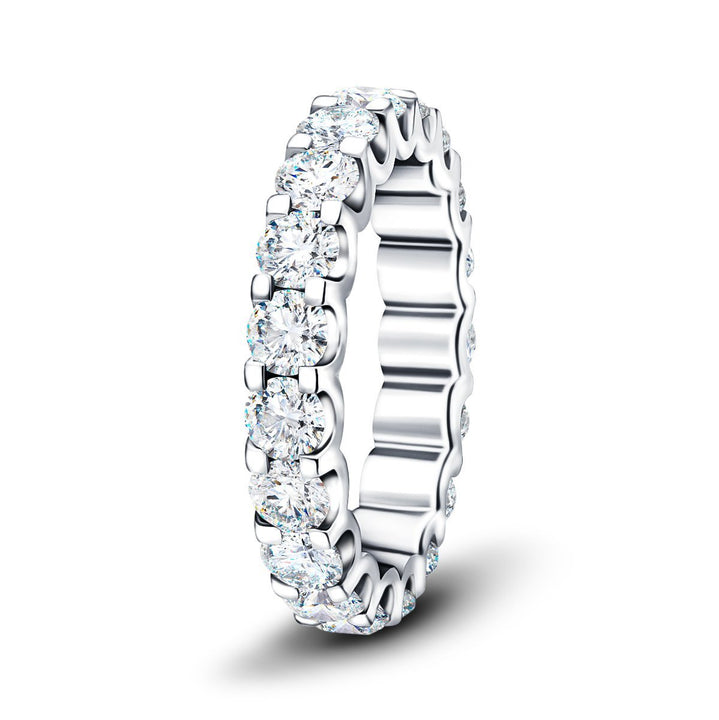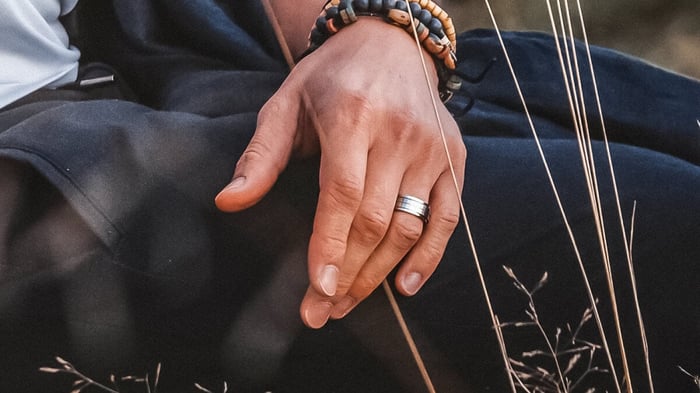Ten Myths About Jewellery Debunked!
We have enjoyed jewellery for thousands of years. Many jewellery myths have grown up about the precious gems and metals that we find so beautiful over that time. In this article, we do a bit of myth-busting because some of the old wives' tales about jewellery can be misleading!
1) Diamonds are indestructible -FALSE
Diamonds are very tough; they are the hardest mineral on the Mohs scale of hardness, but this does not make then indestructible. All diamonds can be scratched and chipped. Part of the jeweller's skill in crafting fine diamond jewellery is in creating shapes and settings that serve to protect the diamond from damage. If you feel wealthy, you can take a hammer and shatter a diamond by hitting it hard!
2) Gold comes in different colours – FALSE
Natural gold comes only in one colour -the classic yellow. The different gold colours that we see in jewellery are created by mixing other metals with the gold to give the various shades of yellow gold. Rose gold is made by adding silver and copper in varying proportions to provide different rose gold shades. White gold is created through a mixture of white metals such as palladium and silver with natural gold. Along with the metals mixed with the yellow gold to make white gold, the metal is then coated with rhodium to give an attractive sheen and add durability.
Collar con colgante de Hamsa 'Evil Eye' de oro rosa de 18 quilates y diamantes de 0,33 quilates

€894,95
El elegante oro rosado de 18k aporta un toque cálido al clásico collar con colgante de hamsa "mal de ojo", complementado con 0,33 quilates de diamantes de calidad G/SI de origen ético en una montura de pavé. El gran diamante… read more
3) Pearls can be dissolved in vinegar – FALSE
OK, this is slightly true! In practice though, a pearl will only dissolve in vinegar over a very long period. The only way to quickly dissolve a genuine pearl in vinegar is to crush it to powder before adding a strong vinegar solution. Obviously, this makes testing a pearl with vinegar impractical as the test will completely destroy the object being tested.
4) Custom jewellery is made just how you want it – FALSE
Jewellery design is a highly skilled and technical profession. This means that making a 100% accurate version of anything you design will not be possible. Designing a piece of jewellery is a very time-consuming process that can take weeks to complete. However, a skilled designer can probably make a practical design that is a very satisfying interpretation of your design idea.
5) Biting gold can show if it is real – FALSE
One of the most commonly told jewellery myths is about testing gold. Biting a piece of gold is not a good test for real gold. Real gold is soft and can be bitten into, but any mixed gold will be too hard to be bitten into. Of course, any metal being passed off as gold will also be hard, making the bite test useless. Of course, the bite test might be useful if you are a gold prospector and find a gold nugget, but that is not the real world for most of us.
6) Diamonds are the rarest of all the precious gemstones – FALSE
Although diamonds are the most highly prized of precious gemstones, several gemstones are rarer than diamonds. Here are a few examples: benitoite, bixbite, grandidierite, jeremejevite, musgravite, painite, serendibite and taaffeite. However, some diamond colours are extremely rare, so rare that most people do not even know they exist.
7) Sapphires are always blue – FALSE
Sapphires come in a range of colours. In fact, sapphires can be found in a whole rainbow of colours. Sapphires that are not blue are called fancy sapphires.
Sapphire is the name historically given to the corundum crystal. The corundum crystal is called ruby when it is red and emerald when it is green! Accurately speaking, ruby and emerald are red and green sapphires!
8) Gold is rarer than silver – Partly True
Beneath the earth's surface gold is about 19 times as rare as silver; however, today, there is a silver shortage! Less silver is mined than the world needs for jewellery and industrial purposes. There is, according to some research, around six times as much gold above ground than silver.
9) All diamonds are white – FALSE!
While the image we have of diamonds is that they are sparkling white, or colourless, most diamonds have some colour. Usually, diamonds have a faint yellow tint; sometimes, it can even be seen in the diamonds we buy for jewellery. There is a range of colours of diamonds in nature. There are grey, white, blue, yellow, orange, red, green, black, and more. The colour comes from slight impurities in the carbon structure of the diamond. Some hues, such as black, are very highly prized.

10) A diamond is forever – Almost True
We all know the phrase 'a diamond is forever' we have heard it so many times that we assume it to be true. After all, diamonds are the hardest substance in nature. They must last forever, right?
Anillo de eternidad de 19 piedras de diamantes G/SI de 3,00 ct en oro blanco de 18 k

€6.170,95
Este anillo de eternidad completo presenta diecinueve hermosos diamantes de calidad G/SI de origen ético que pesan un total de 3,00 quilates, que se sostienen en monturas de garra clásicas y se exhiben alrededor de una banda de oro blanco… read more
While diamonds are very hard and undoubtedly very durable, they will break down throughout millions of years. Eventually, diamonds get worn down to look like sand and, given long enough, become dust. The process of breaking down diamonds in nature takes millions of years, but dust is the final outcome. However, in human terms, it is true, a diamond will last a lifetime. Indeed, a diamond will last many lifetimes!
Now that you know something about jewellery myths and partial truths that most of us have believed to be a fact you know more about jewellery than most people. Jewellery making and design are highly skilled crafts that are founded in centuries of knowledge. All Diamond's UK based design team use their skills every day to make beautiful, durable, diamond jewellery that will last for generations. Now that you know a little more about what to look out for when choosing that special piece of diamond jewellery perhaps you might check out our jewellery collections. Find inspiration for that special jewellery gift or engagement ring!




